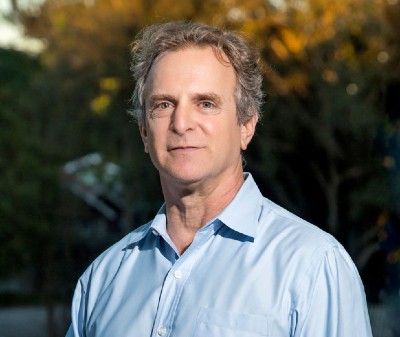While there are many
techniques used for inguinal hernia repair - some techniques are best matched with certain types of patients.
While it is not proven, many hernia experts agree that young, thin active people have a higher risk of pain or discomfort in the long term with the use of mesh. At the same time, it is clear that when mesh is used correctly in the right patient there is a lower risk of long term recurrence of the hernia. In expert hands, laparoscopic and robotic techniques of inguinal hernia repair mesh placement has a risk of recurrence and complications of under 1 percent.
Despite our extraordinary results with laparoscopic and
robotic techniques of inguinal hernia repair, it remains clear that the avoidance of mesh in some patients eliminates the risk of chronic discomfort or pain and with a small price of a slightly higher risk of recurrence. Therefore a non mesh inguinal hernia repair may be the most "minimally invasive" option. The Desarda repair is an excellent option for patients who desire a repair of their inguinal hernia repair without mesh.


